I am pleased to speak in support of the Electricity Infrastructure Investment Amendment (Priority Network Projects) Bill 2025. I welcome the bill's amendments, which will boost the flexibility of the framework created by the Electricity Infrastructure Investment Act 2020, or EII Act. That Act gives effect to the Electricity Infrastructure Roadmap, which is the Government's plan to ensure that the State's electricity system undergoes an efficient and secure transition to a renewable energy future. Network infrastructure projects are an essential part of the transition and must be delivered in a timely way to allow electricity generated in renewable energy zones to reach consumers.
The energy transition is complex. There is the renewable generation, storage and network infrastructure, and consumer energy technologies too. We would like it all to work together seamlessly. But there have been events, as the member for Manly just pointed out, such as the one last October in the Far West where the community experienced firsthand the seriousness of extensive blackouts. New South Wales needs to sharpen the tools already in our kit, to respond to cases like this in a way that provides lasting benefits for electricity consumers and the communities where energy projects are constructed. One such tool is the directions framework established by the EII Act.
The bill will make the directions framework more targeted and better equipped to enable complex projects to be delivered in a nimble way. It will allow the Minister to issue more than one direction with respect to a project, to more than one network operator and, where necessary, to direct a network operator to operate infrastructure owned by a third party. The bill will also enable the Minister to include additional matters in a direction, such as commissioning, operation and maintenance, and to issue more targeted directions for specific project stages. For example, the Minister could direct one party to finance and construct infrastructure and direct another party to commission and operate the infrastructure.
To reduce unnecessary red tape, the bill will streamline the process for amending directions or issuing subsequent directions for later project stages. The energy transition will bring more challenges, and we need to be prepared. I take a moment to clarify that the ability to issue directions is not about cutting corners or settling for anything less than the best possible technical solution for each problem our energy system faces. The EII Act's requirements for consultation, planning and cost recovery remain unchanged and are as vital as ever. The bill will simply make existing mechanisms more targeted and streamline administrative arrangements. In all, the bill will better equip the Government to get on with the implementation of the road map and the construction of the vital infrastructure projects on which it relies. I thank Minister Dib who is seated at the table. I also thank Minister Sharpe in the other place, her department and particularly her fabulous staff, many members of whom are in the Chamber, for their dedicated work on this bill. I commend the bill to the House.


